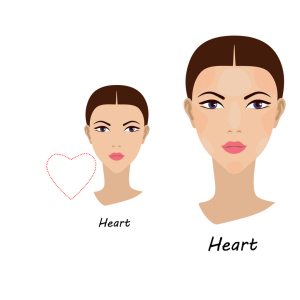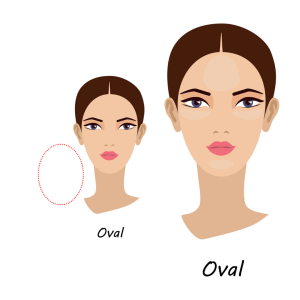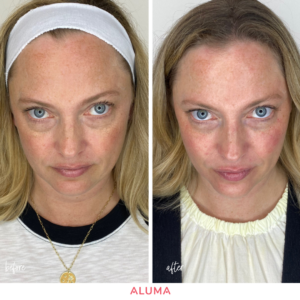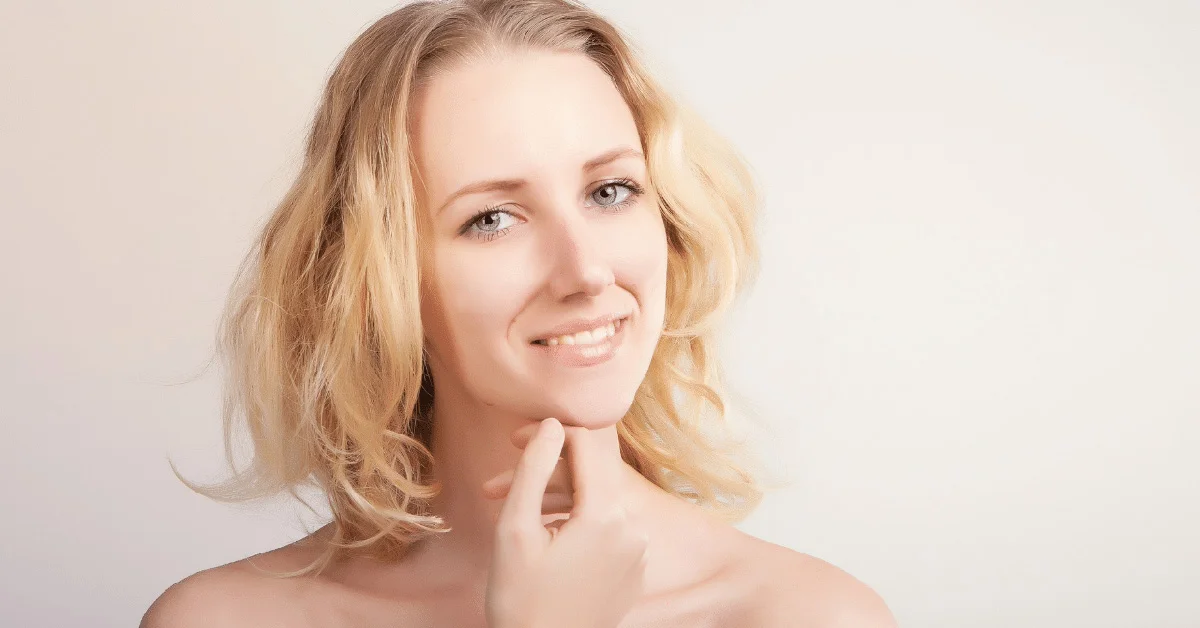Have you ever chosen sunglasses or a hairstyle based on your face shape? Dermal fillers are no different—face shape plays a crucial role, maybe even more so! Understanding your unique features can help you achieve the most flattering and natural-looking results. Read more to learn which filler placement is best for you.
Facial Assessment for Dermal Fillers
Assessing face shape is a critical step in planning dermal filler treatments to achieve naturally beautiful results. Each face shape benefits from unique treatment strategies, purposeful product choices, and targeted focus areas. Dr. Nathaniel, MD of Aluma Aesthetic Medicine, is an expert on full-face restorations with dermal fillers, creating harmony and beauty by adhering to mathematical ratios and treating the face as a whole, considering the critical aspect of your face shape.
Dermal Fillers and the Heart Shape

A heart-shaped face is characterized by fuller cheeks and a narrower lower face and chin. As it ages, this face shape can lose volume and support in the mid-face, often creating a more angular and skeletal appearance. Dermal fillers offer a great solution to restore softness and balance to these features.
Treatment Strategy
For heart-shaped faces, treatment typically emphasizes the mid-face and lower third of the face. Adding volume to the cheeks and beneath the cheeks helps soften any sharpness from the zygomatic bone show. If the chin has lost its rounded shape and projection with age, targeted filler in the chin and along the jawline can create a more oval, balanced look. If nasolabial folds are prominent, a small amount of filler can be placed under the corners of the nostrils to add support and reduce the folds.
Dermal Fillers and the Oval Face
An oval face shape is known for its harmonious proportions, with a broader midface that gently tapers toward the chin. However, aging signs often appear first under the eyes in this face shape. With age, jowls also form from the descent of the fat pad and loss of mid-face support.

Treatment Strategy for the Oval Face
For oval faces, the midface and temples are the primary focus. Restoring volume along the cheekbones with dermal filler enhances cheek shape and provides a subtle lift to the overall appearance. Treating the mid-face and the temples also indirectly benefits other regions, such as the under-eye area, the nasolabial folds, and the jawline. If the under-eye bags are still apparent after mid-face and temple filler, a light application of flexible filler via a cannula in the orbital area is recommended.
Dermal Fillers and the Triangular Face
A prominent jawline defines the angular or triangular face shape, giving it a strong structure in the lower third of the face. This face shape ages more gradually; however, when signs of aging appear, they often include sagging around the jawline, neck, and under-eye area.

Treatment Strategy
The goal of rejuvenating the angular face shape is to create harmony between the lower and upper face. Treatment typically focuses on the midface, with filler placed under the eyes and along the cheekbones to lift and balance the overall appearance. A small amount of filler may be applied to the lower face to soften the look of jowls. Neuromodulators like Botox or Dysport can further enhance balance if the masseter muscles are prominent. By relaxing the masseter muscle, Botox can slim the lower third of the face, creating a more balanced appearance.
Dermal Fillers and the Round Face
This face shape features full cheeks and a softly rounded jawline. Its vertical distance from the lower lip to the chin is shorter than that of other shapes. As one ages, this face shape tends to show nasolabial folds first.

Treatment Strategy
The goal for this face shape is to enhance the vertical proportion by adding structure to the lower third of the face. Dermal fillers can be used in the chin area to increase projection and subtly lengthen the vertical height of the chin, creating a more balanced and refined appearance. If nasolabial folds are beginning to show, a light application of dermal filler to the lateral cheeks and nasal aperture can be beneficial in reducing them.
Before and Afters – Dermal Fillers for Different Face Shapes




Conclusion
In conclusion, understanding your face shape is essential when considering dermal fillers, as it allows for targeted treatments that enhance your natural beauty. Whether you have a heart-shaped, oval, angular, or rounded face, the right approach can significantly improve facial balance and proportions.
If you’re ready to explore how dermal fillers can complement your unique features and rejuvenate your appearance, we invite you to book a consultation with Dr. Brigham at Aluma Aesthetic Medicine. We can create a personalized treatment plan tailored to your specific needs and goals.

